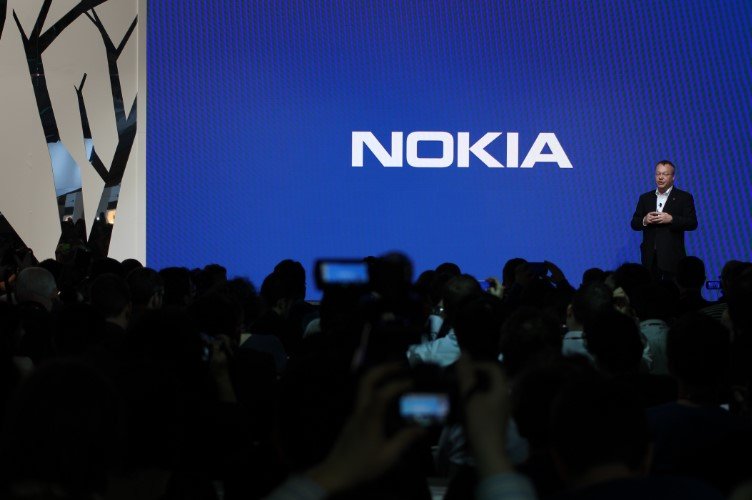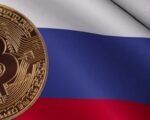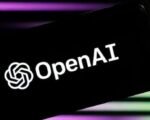Nokia’s new chief executive, Justin Hotard, stated in a recent interview that the current rise in artificial intelligence mirrors the internet boom of the late 1990s. He downplayed worries about a potential bubble while highlighting strong long-term growth trends in the sector.
Hotard’s View on AI Growth
Hotard shared his thoughts during an interview on October 23, 2025, emphasizing that AI represents the start of a major supercycle similar to the internet’s expansion decades ago. He pointed out that even if short-term ups and downs occur, the overall direction remains positive.
This perspective comes as debates heat up about the sustainability of massive AI investments. Hotard noted that trends like increasing demand for advanced infrastructure support his optimism. He drew parallels to how the internet transformed industries, suggesting AI could do the same on a global scale.
Nokia, a key player in telecom equipment, benefits from this shift. The company reported better-than-expected quarterly earnings on the same day, boosted by sales in optical networking and cloud services tied to AI needs.
Bubble Concerns in the AI Market
Many experts question if the AI hype could lead to a crash like the dot-com bust in 2000. A recent Bank of America survey found that over half of fund managers see AI stocks as overvalued and in bubble territory.

Prominent figures have voiced similar cautions. Amazon founder Jeff Bezos and OpenAI chief Sam Altman have warned that excessive investor enthusiasm might result in significant financial setbacks. These views add to the ongoing discussion about whether current valuations match real-world progress.
Despite these fears, Hotard remains focused on the bigger picture. He argued that any temporary bubble would not derail the fundamental advances driving AI forward.
Hotard brings relevant experience to this topic. Before joining Nokia in April 2025, he led Intel’s data center and AI group, giving him deep insights into the technology’s potential and challenges.
Rising Demand for Data Centers
One clear sign of AI’s momentum is the surge in data center construction. Companies worldwide are investing heavily to build facilities that can handle the computing power required for AI applications.
Hotard highlighted this trend, noting growth across various sectors, from big tech giants to smaller firms in Europe. He described the increase in volume as a huge step up, driven mainly by AI-related needs.
This demand has direct benefits for Nokia. The company’s recent acquisition of U.S. firm Infinera has strengthened its position in optical networking, a critical area for data centers.
Recent industry reports show that global spending on data centers could reach hundreds of billions annually. For instance, experts predict a trillion dollars in investments over the coming years to support AI’s next wave.
- Major tech companies like Microsoft and Google are leading the charge with massive expansions.
- Smaller players are also entering the market, focusing on regional needs in areas like Europe.
- Energy constraints pose a challenge, as data centers require vast amounts of electricity.
Nokia’s Strategic Moves in AI
Nokia is positioning itself to capitalize on the AI boom. Under Hotard’s leadership, the company has formed a dedicated AI division to drive innovation in this space.
The Finnish firm, once known mainly for mobile phones, now focuses on telecom infrastructure. Its pivot includes targeting AI-driven opportunities in cloud and networking.
Hotard mentioned that Nokia sees growth in sales to data centers, which helped beat market expectations in the latest quarter. This success reflects broader industry shifts toward AI-supporting technologies.
Looking ahead, Nokia plans to expand its offerings. This includes advanced optical solutions that enable faster data transfer essential for AI training and deployment.
Comparisons to Past Tech Booms
The AI surge draws frequent comparisons to the 1990s internet boom, which saw rapid growth followed by a sharp correction. During that era, internet stocks soared before crashing, wiping out trillions in value.
Today, AI investments have pushed stock markets to record highs. Some analysts liken this to the dot-com period, warning of similar risks if hype outpaces delivery.
However, differences exist. Unlike the 1990s, many AI companies generate real revenue and profits. For example, chipmaker Nvidia has seen explosive growth, with revenues jumping over 200 percent year-over-year in recent quarters.
Hotard acknowledges potential troughs but stresses that long-term trends favor continued expansion. He believes AI will revolutionize productivity much like the internet did.
| Aspect | 1990s Internet Boom | Current AI Surge |
|---|---|---|
| Growth Driver | Widespread internet adoption | AI applications in business and daily life |
| Investment Scale | Billions in dot-com ventures | Trillions in data centers and tech |
| Bubble Risk | High, led to 2000 crash | Debated, with cautions from leaders |
| Key Companies | Early players like Amazon | Giants like Nvidia and Microsoft |
| Outcome So Far | Boom and bust cycle | Ongoing growth with warnings |
Future Outlook for AI and Nokia
As AI evolves, challenges like electricity shortages and high costs could slow progress. Industry leaders note that power limitations in data centers might become a bottleneck.
Yet, optimism persists. Hotard and others see AI as a transformative force, potentially bigger than the internet in its impact on economies.
For Nokia, this means opportunities to lead in enabling technologies. The company’s expertise in networking positions it well for the AI era.
In recent events, similar sentiments echoed at tech conferences. For instance, Nvidia’s chief has spoken about massive data center spends, aligning with Hotard’s views.
What do you think about the AI boom? Share your thoughts in the comments below and spread the word by sharing this article with your network.








